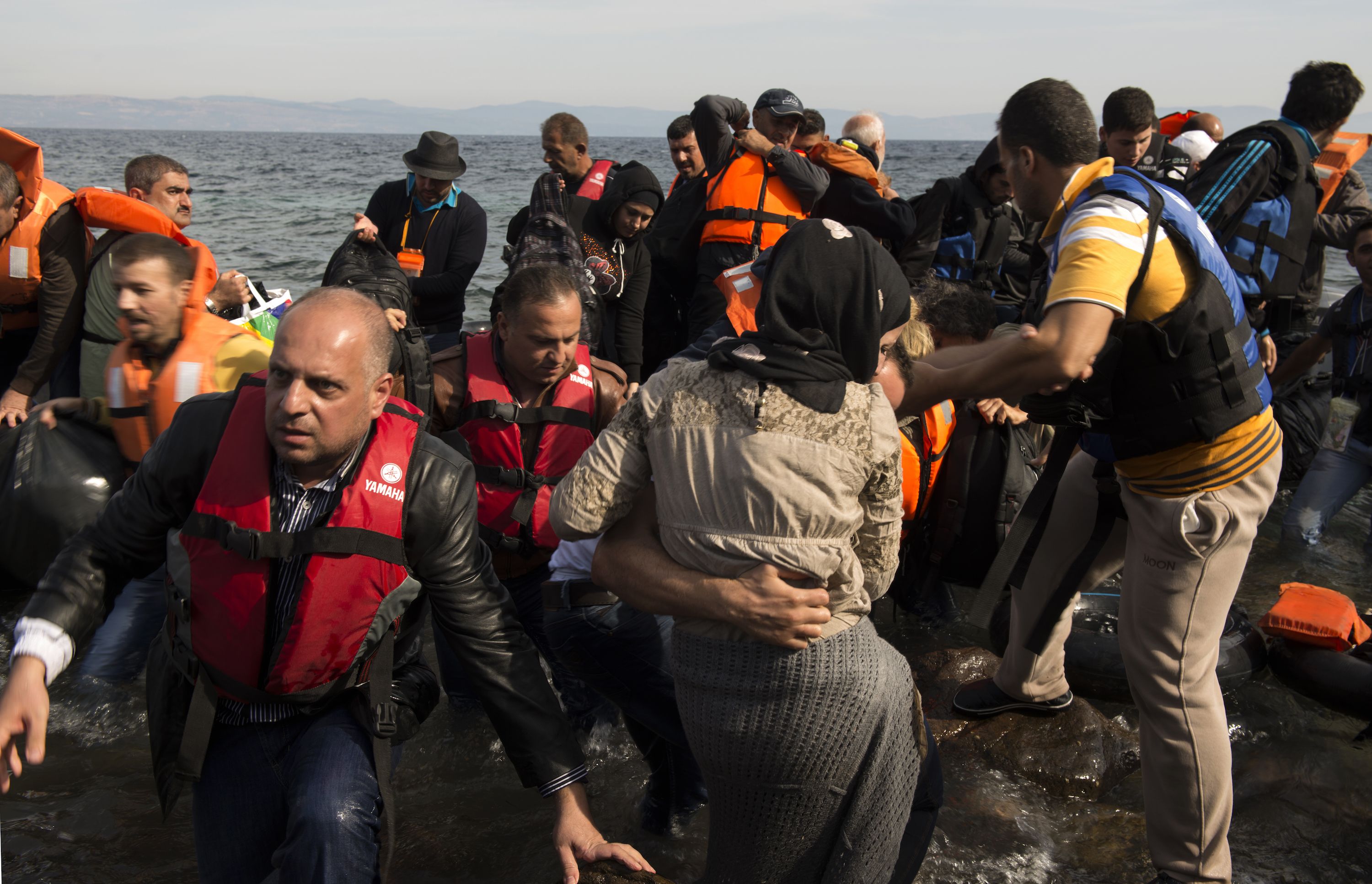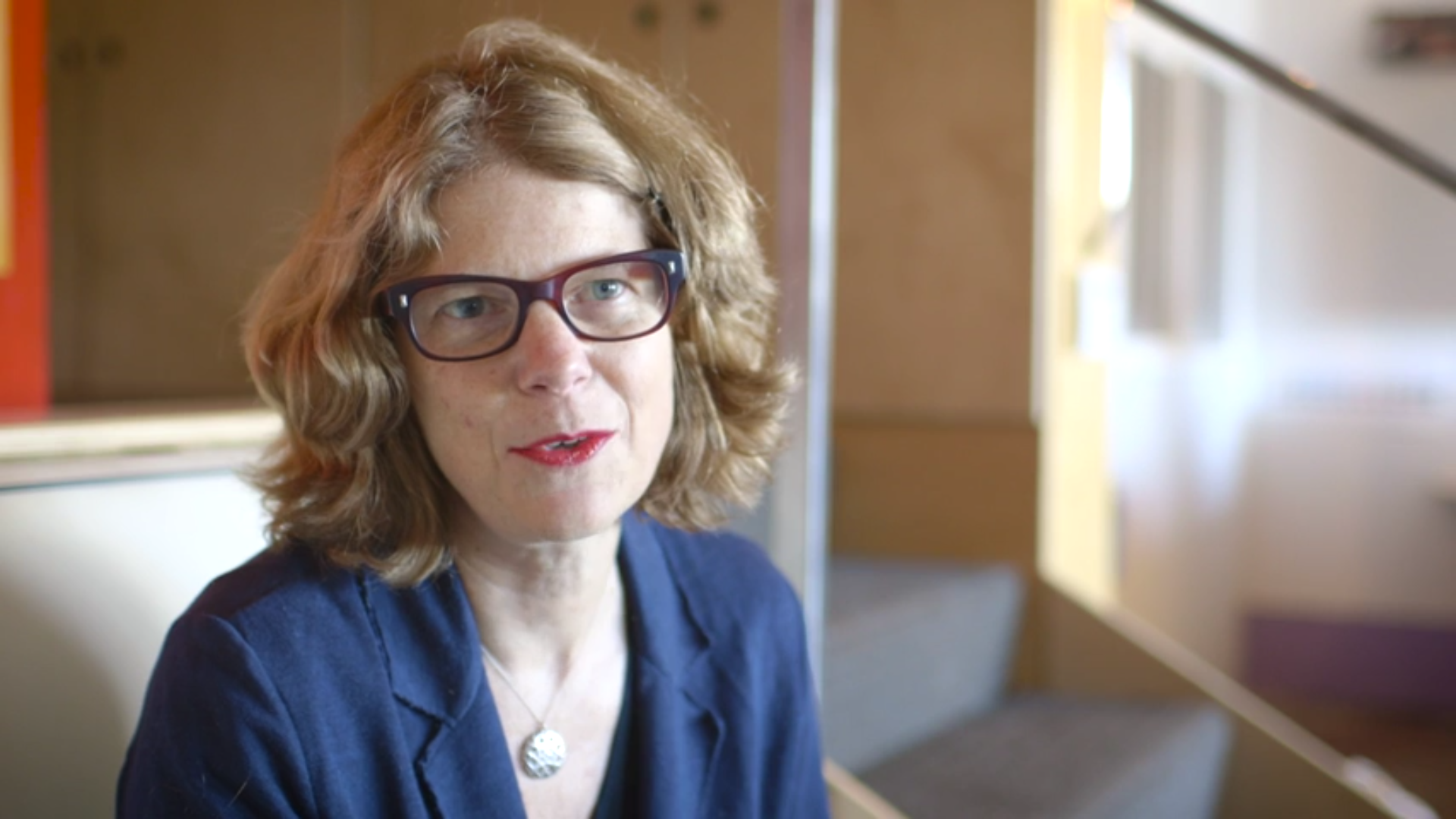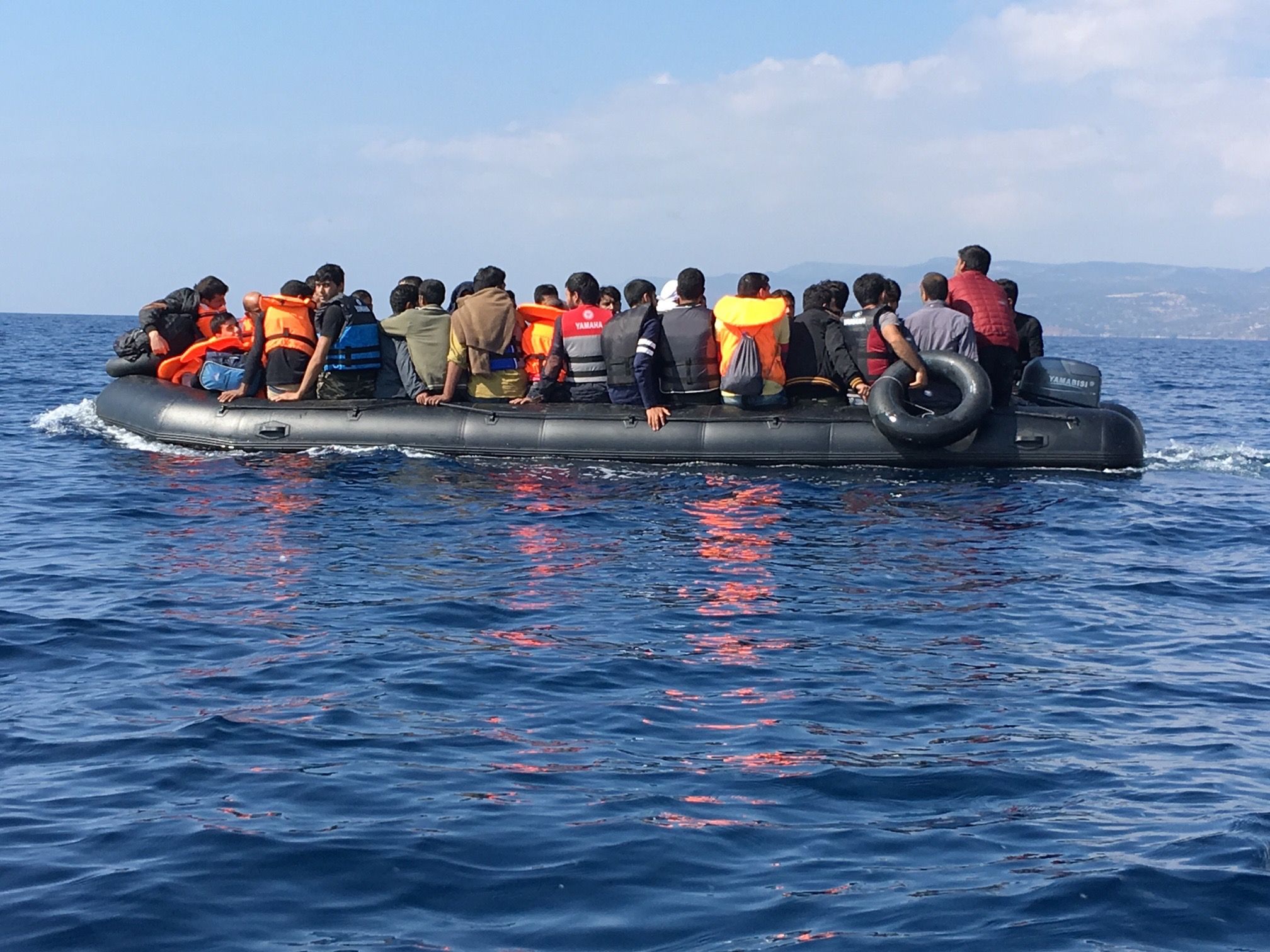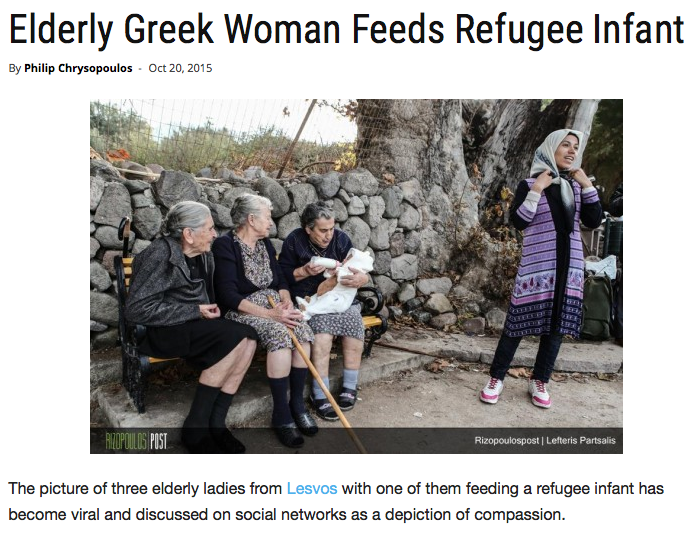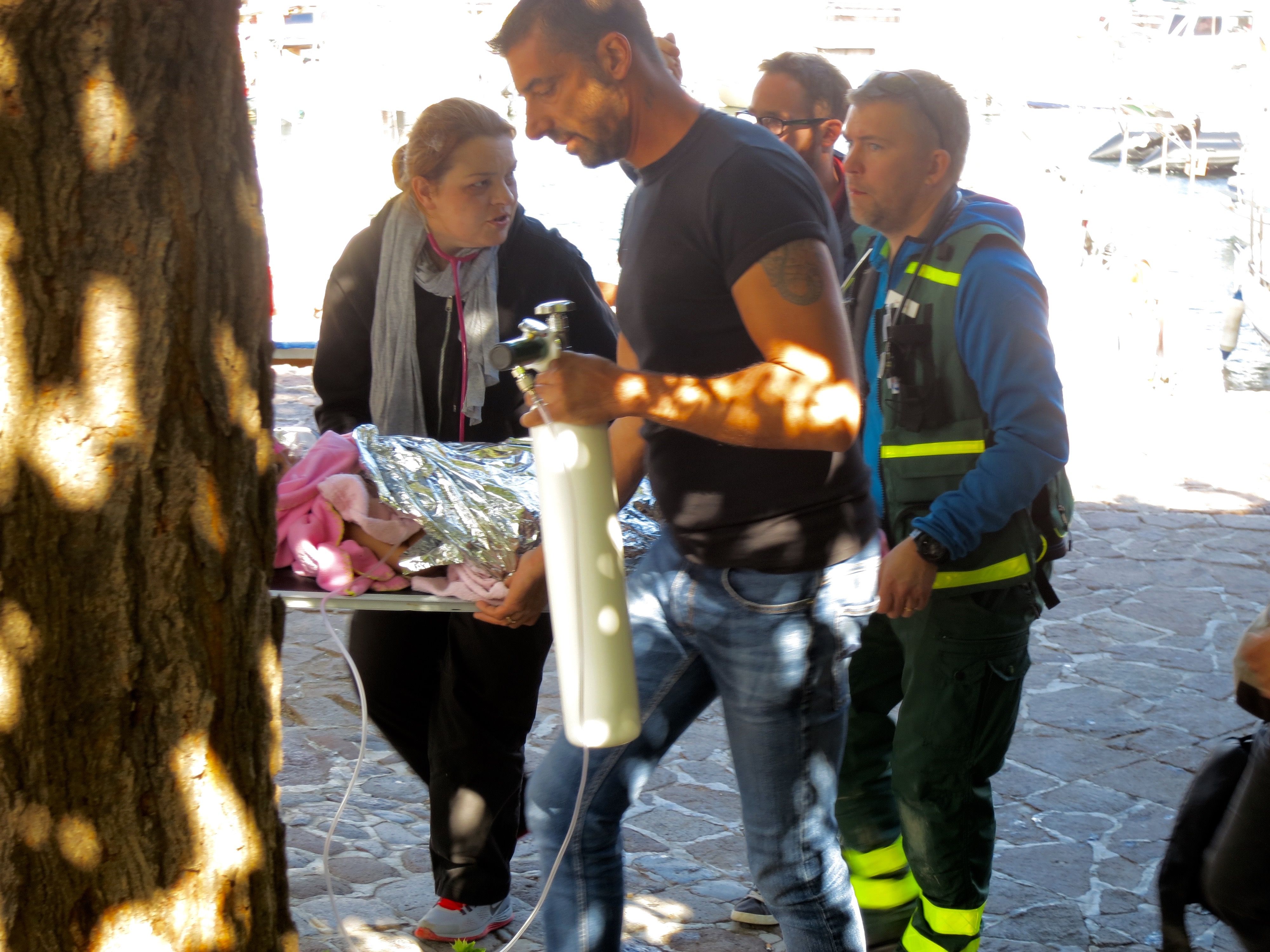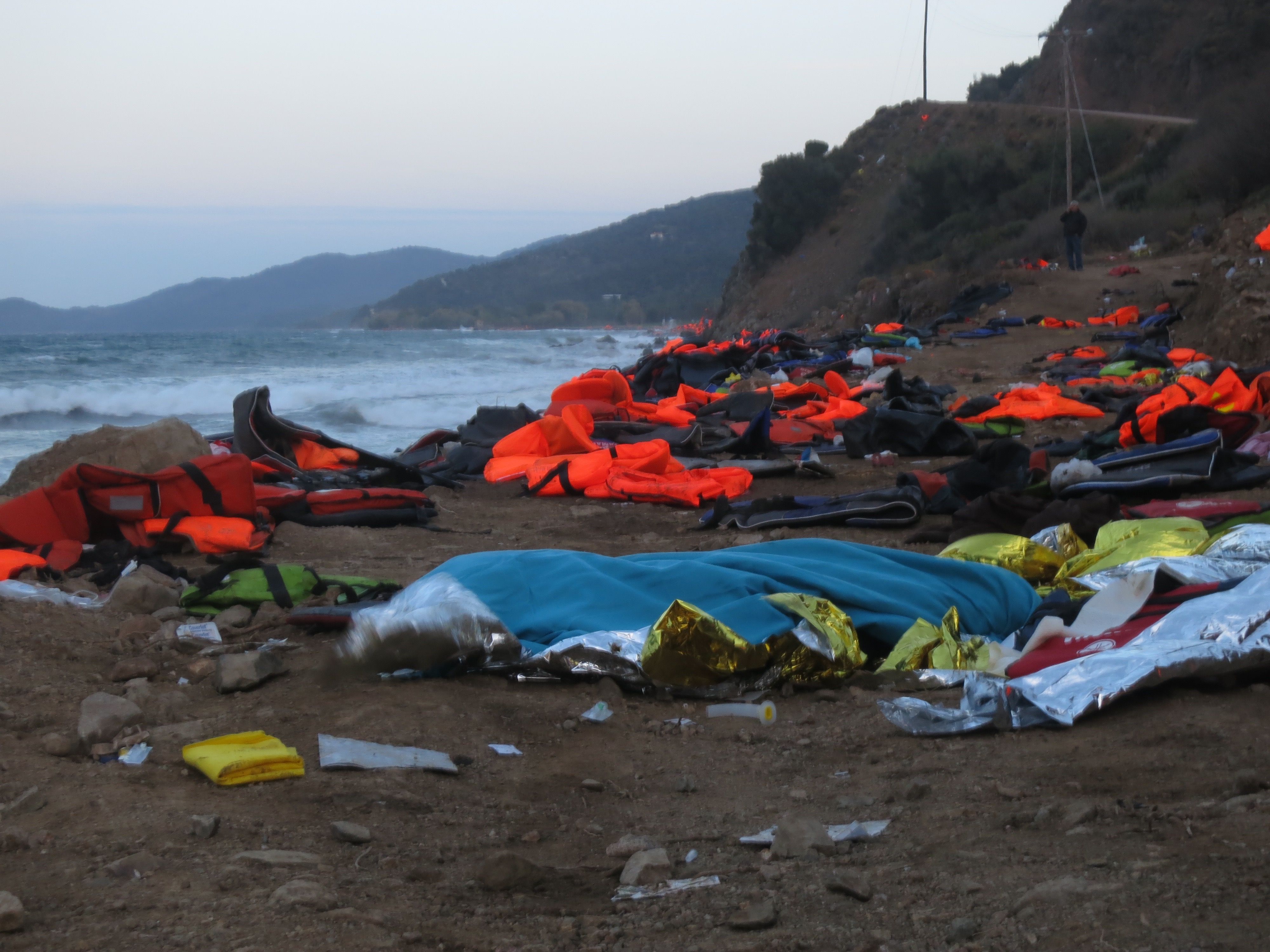Objective:
By the end of this lesson, you will be able to analyze various forms of media about a specific subject and develop a coherent understanding of that subject.
Introducing the Lesson:
You will be looking at several articles by Jeanne Carstensen about the Island of Lesbos, a small population of people seeing thousands of refugees passing through their island every day.
Warm-Up:
Imagine a family of strangers in need, who could not speak English, showed up at your house tomorrow with only the clothes on their backs. Would you help them or turn them away? Why?
If you did decide to help them, what do you think you could do to help the family?
Introducing the Resources:
After reading the articles and viewing the photographs and video, answer the accompanying comprehension questions and the following summary questions.
- How are the three resources, all told by the same journalist, different? How are they similar?
- Which resource did you like best? Why?
- Why do you think that the author, Jeanne Carstensen, chose to use pictures as well as a written article to report on the refugee crisis?
Extension:
If you were the mayor of a city, and refugees were trying to come into your city for help, what would you do?
Write a two paragraph (3-5 sentences each) response on your answer. Make sure to defend your answer with examples you have read in the resources.
This Common Core standards-aligned lesson plan explores the Greek Island of Lesbos, which has taken in thousands of refugees despite its small population. The island has been a focal landing point for migrants and refugees to land as they attempt to continue their journeys into the EU. The Island of Lesbos has been given a Nobel Peace Prize nomination for its heroics and acceptance of the migrants and refugees.
CCSS.ELA-LITERACY.RI.6.3
Analyze in detail how a key individual, event, or idea is introduced, illustrated, and elaborated in a text (e.g., through examples or anecdotes).
CCSS.ELA-LITERACY.RI.6.7
Integrate information presented in different media or formats (e.g., visually, quantitatively) as well as in words to develop a coherent understanding of a topic or issue.
